Basket Maker's House #34
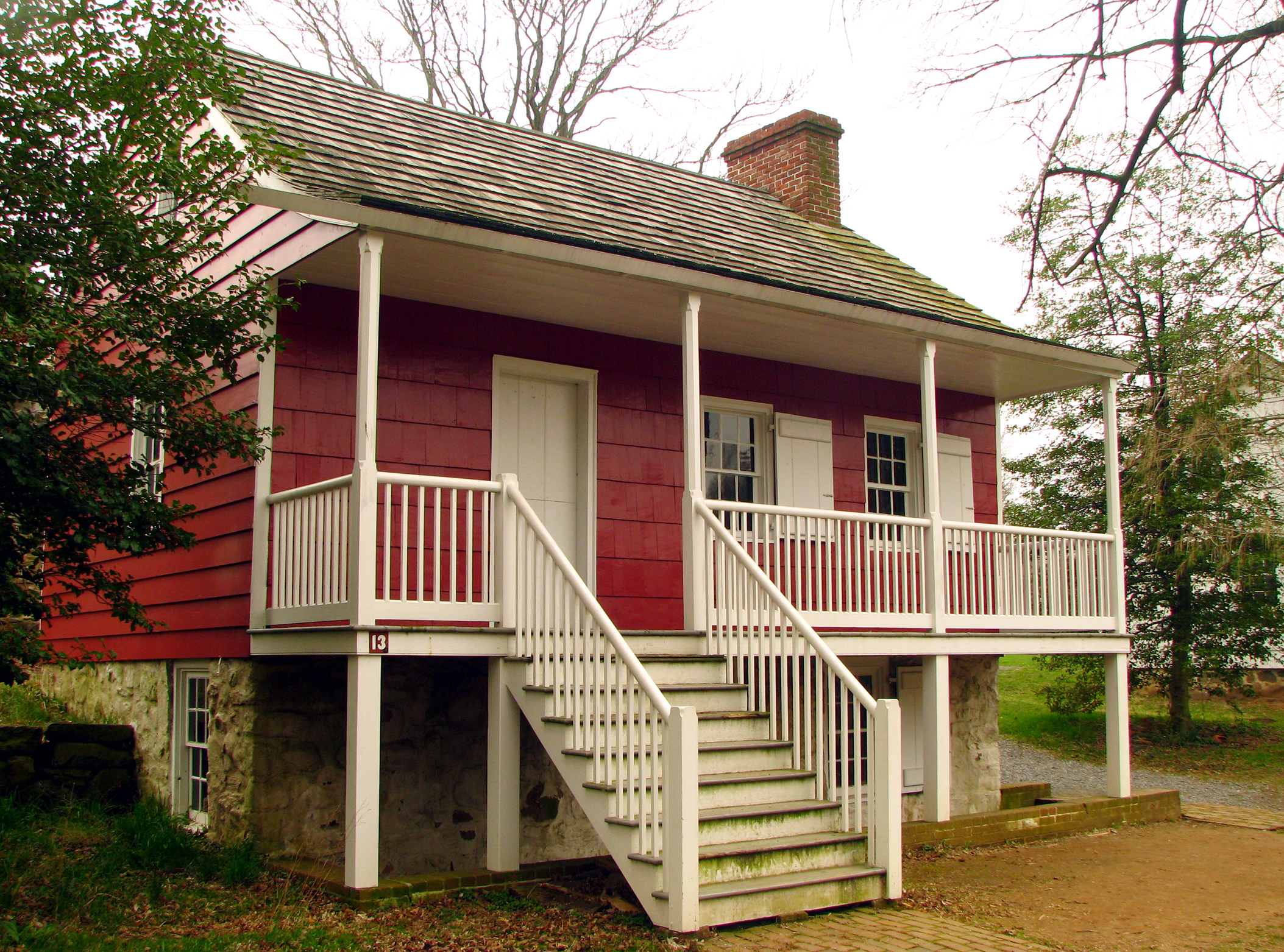
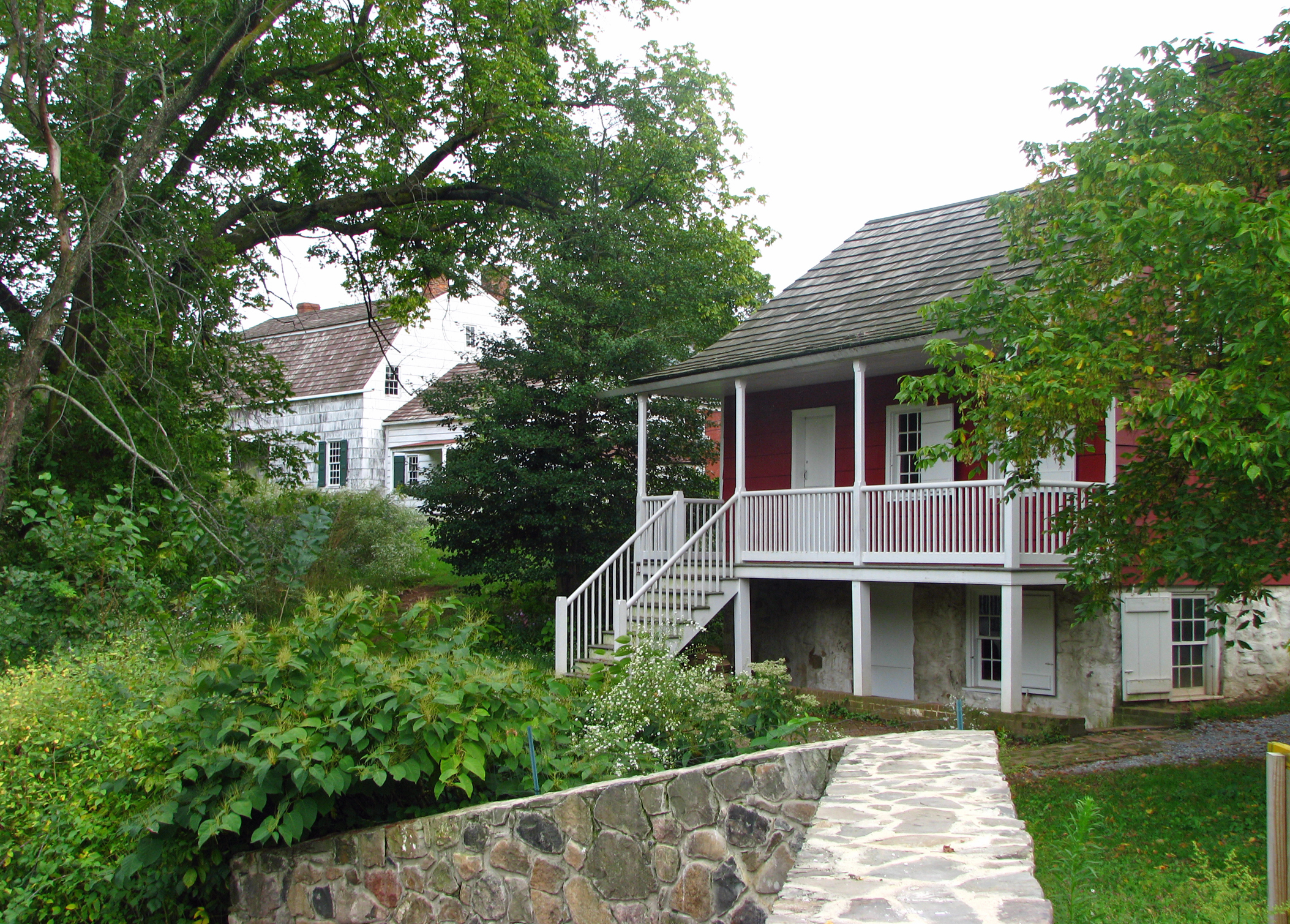
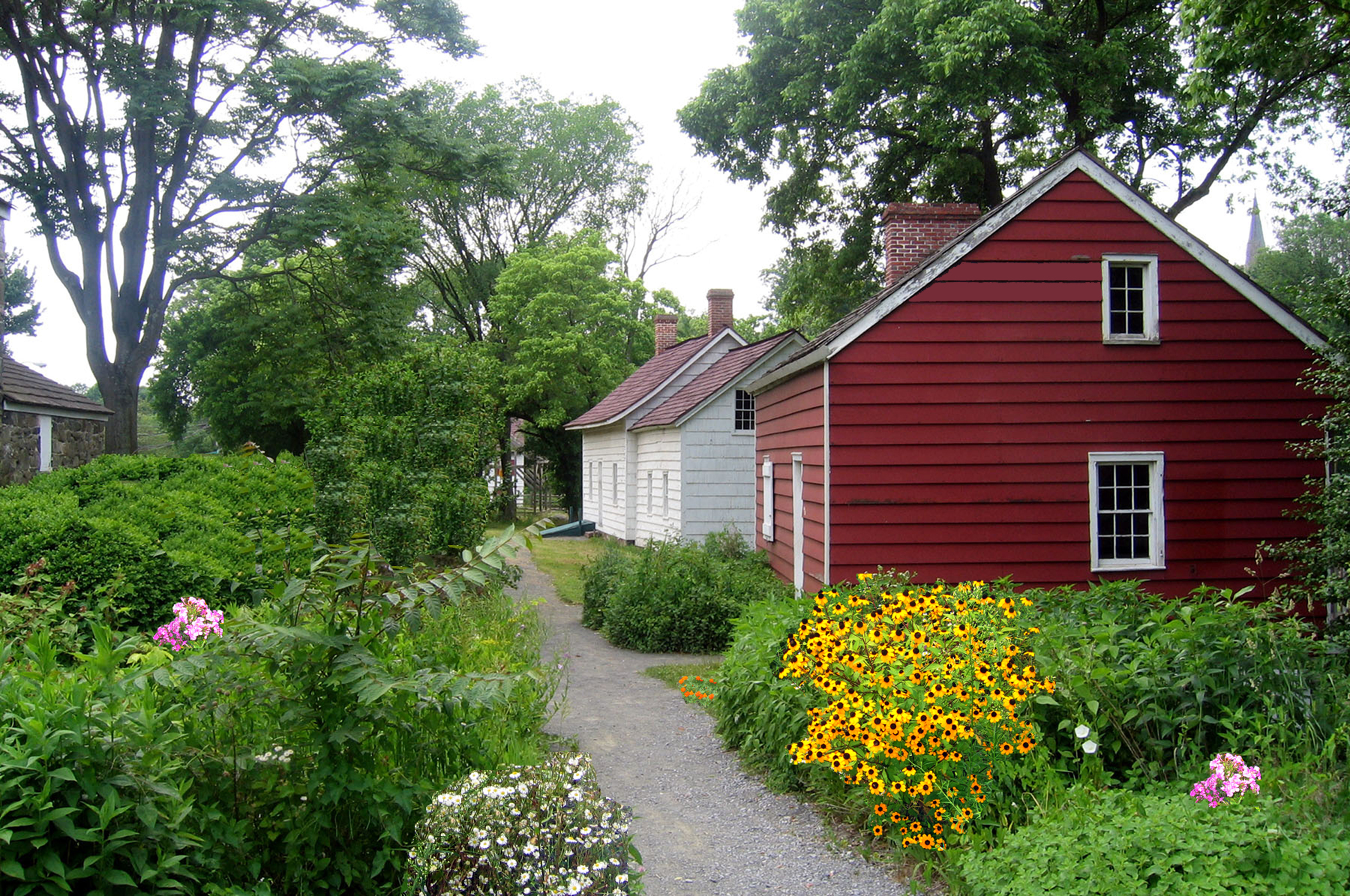
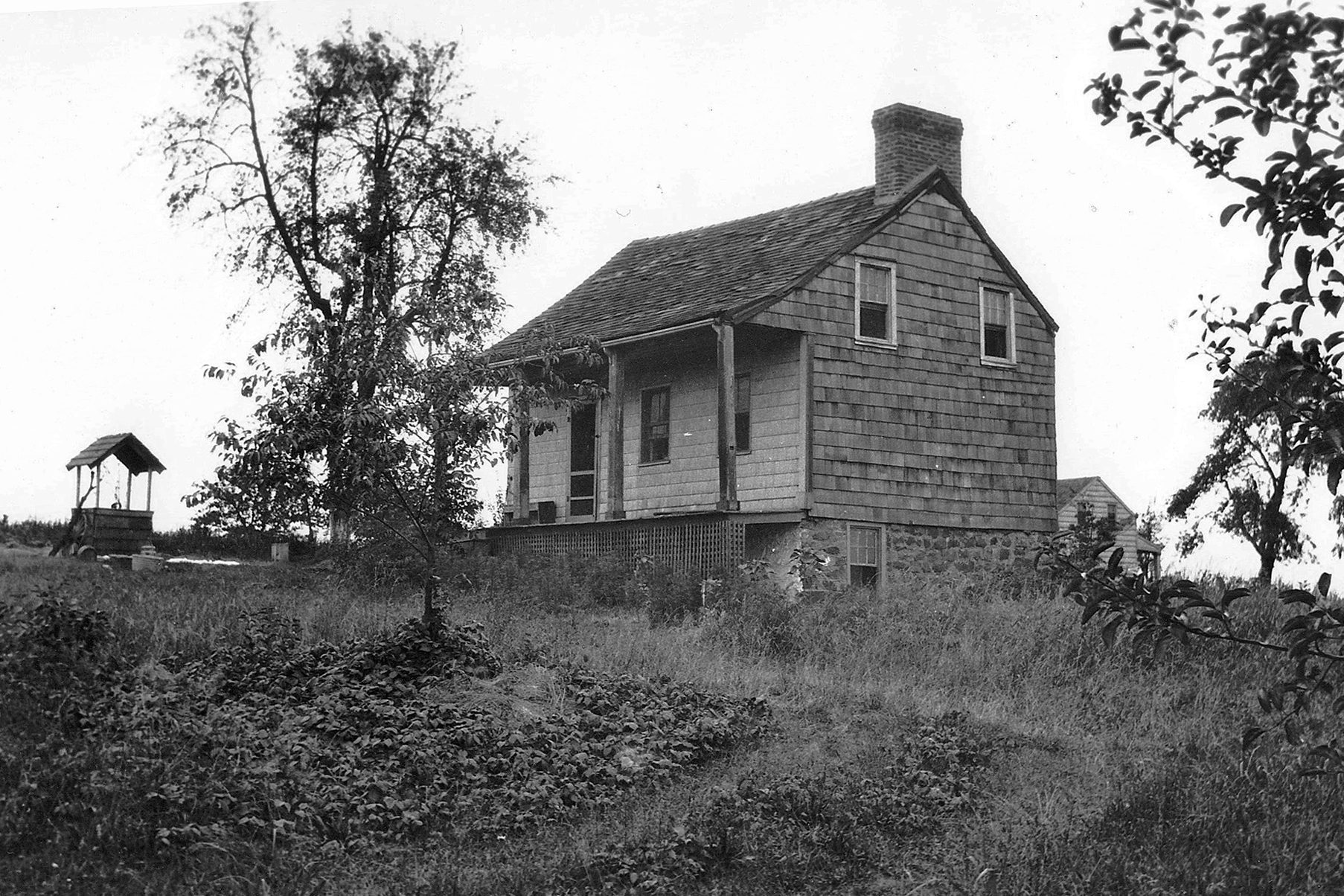
This house was built ca. 1810. It is a simple, one and one-half story wood frame building with a rubble stone basement. Its original location was on Richmond Avenue in New Springville. It was moved to Historic Richmond Town in 1965. The architecture is vernacular in style, with Dutch and Flemish influences.
James S. Decker was the earliest known owner of the property. From 1839 to 1857, the house was owned by John DuPuy (1812-1849) and his wife Susan Ann (1817-1892), who lived there with their 3 children and a nephew. Its location near a creek leading to the Fresh Kills was important, since DuPuy was primarily a waterman (a boatman who fishes and also makes his boat available for hire), owning two fishing skiffs (rowboats) and half shares in a sloop and an oyster dredge. DuPuy died in 1849 at the age of 39, but his widow and children continued to live in the house until 1857, when Susan married another boatman, Abraham Price, and moved with him and his 4 children to Westfield.
The house remained unoccupied for a time until Mrs. Price sold the property in 1863 to Sylvanus Decker and his wife Eliza Jane. Decker had been a ship carpenter, but by 1865 was a waterman and later was noted as an oyster dealer. By 1875 the Deckers were living elsewhere, and they rented out the property to various tenants until selling it in 1917. The house was rented as a summer cottage in the 1920s, and sold again in 1947. The City of New York took possession of the property in 1953, and after the last resident left, the building was boarded up until being brought to Historic Richmond Town in 1965.
The house was refurnished in the 1980s to interpret the rural residence for a hypothetical family of six, ca. 1820 (based on the number of inhabitants during the residence of John DuPuy and family). The Deckers and DuPuys who occupied the house through the 19th century were families of moderate means. Variously listed in the official documents as oystermen, watermen, and farmers, these families were representative of New Springville residents during the first quarter of the 19th century. Most of these families owned small plots of land and devoted their energies to a variety of water-related activities in addition to part time farming and basket making. New Springville was a tightly knit community; neighbors were economically dependent upon one another and related by marriage and the common membership in the Asbury Methodist Church.
A significant interpretive focus of this house (and the reason for its name) is the traditional craft of basket making. The making of baskets – simple containers of interwoven plant materials – was one of many traditional handcrafts commonly practiced by rural Staten Islanders. Before the mid-19th century, basketry was predominantly a part-time domestic activity. Most farmers and watermen prepared their own splint and wove as many baskets as they needed during the cold, rainy days or evenings of the winter and off-season.
By mid-century, the development of oystering as a major economic activity required large numbers of sturdy oak splint baskets, leading to the new profession of full-time oyster basket maker. James A. Morgan (1832-1915) of New Springville built a basket workshop which he operated for more than 50 years, producing handmade baskets. His work is represented in the kitchen of the Basket Maker's house; the reproduction shaving horse and many of the baskets on display are based on Morgan's originals.
The Basket Maker's House was designated an official New York City landmark by the New York City Landmarks Preservation Commission in 1969. The building is open to visitors.
